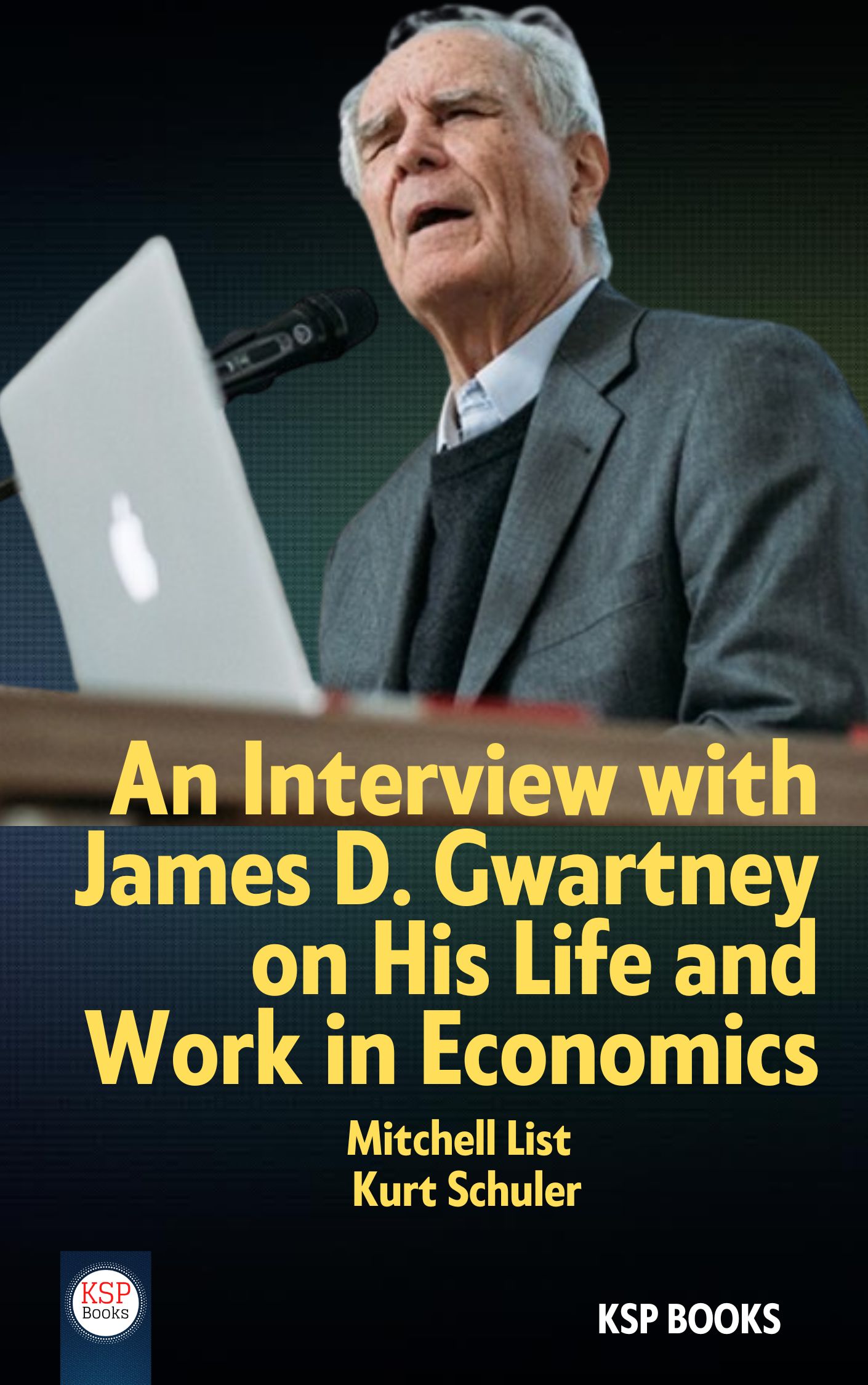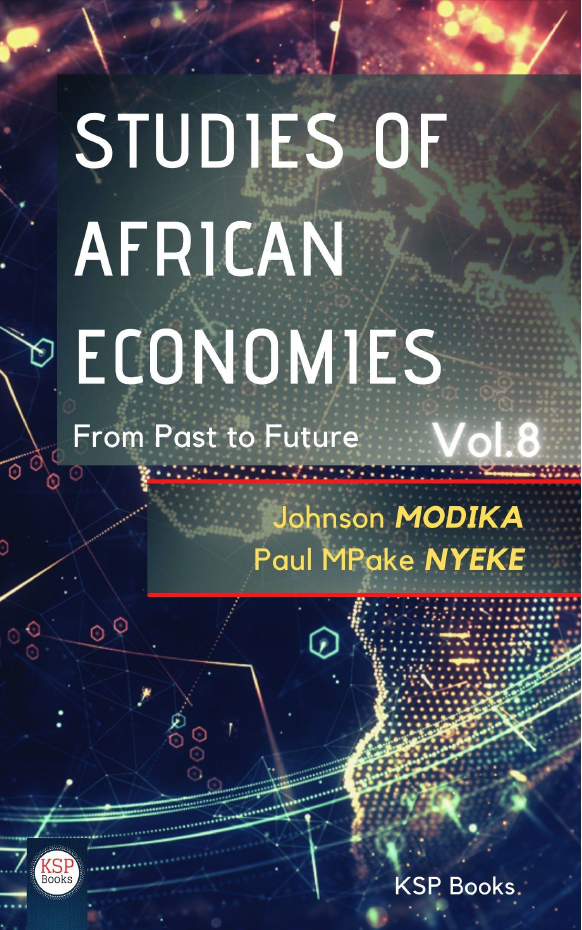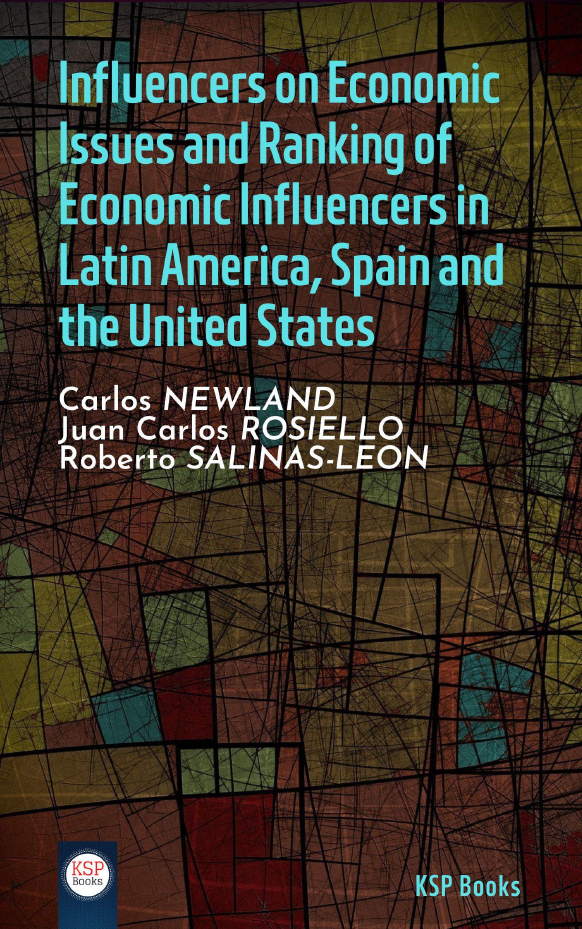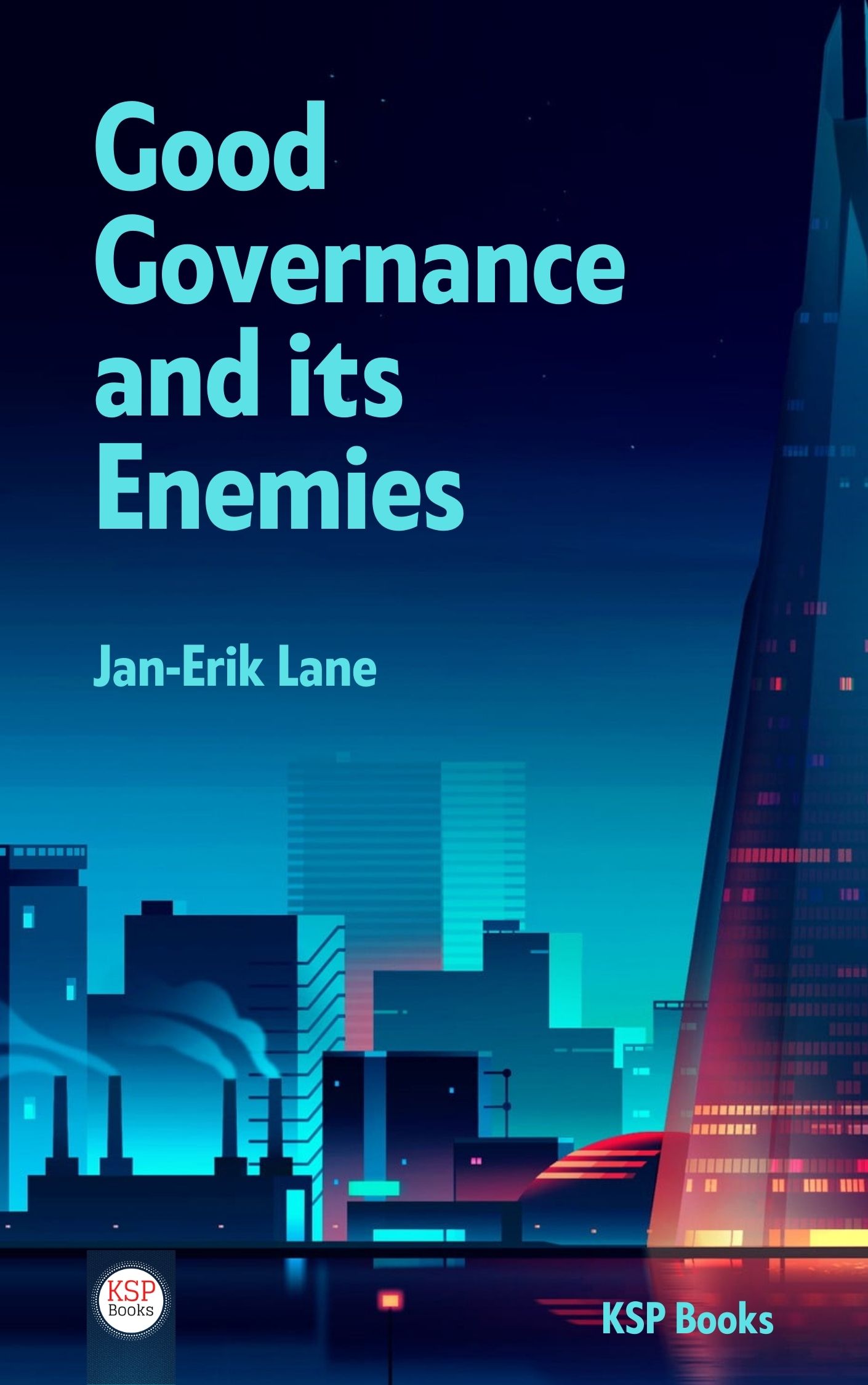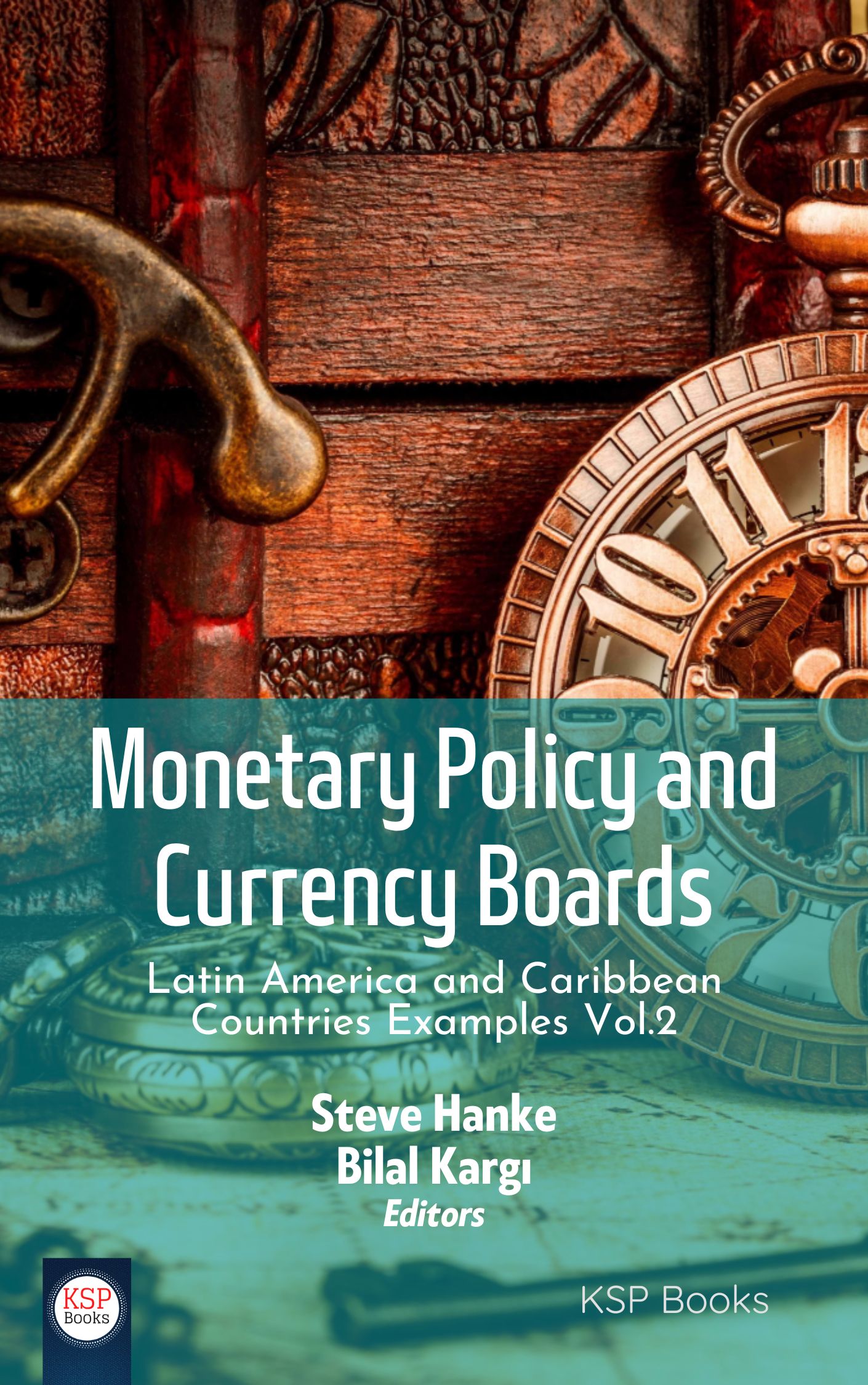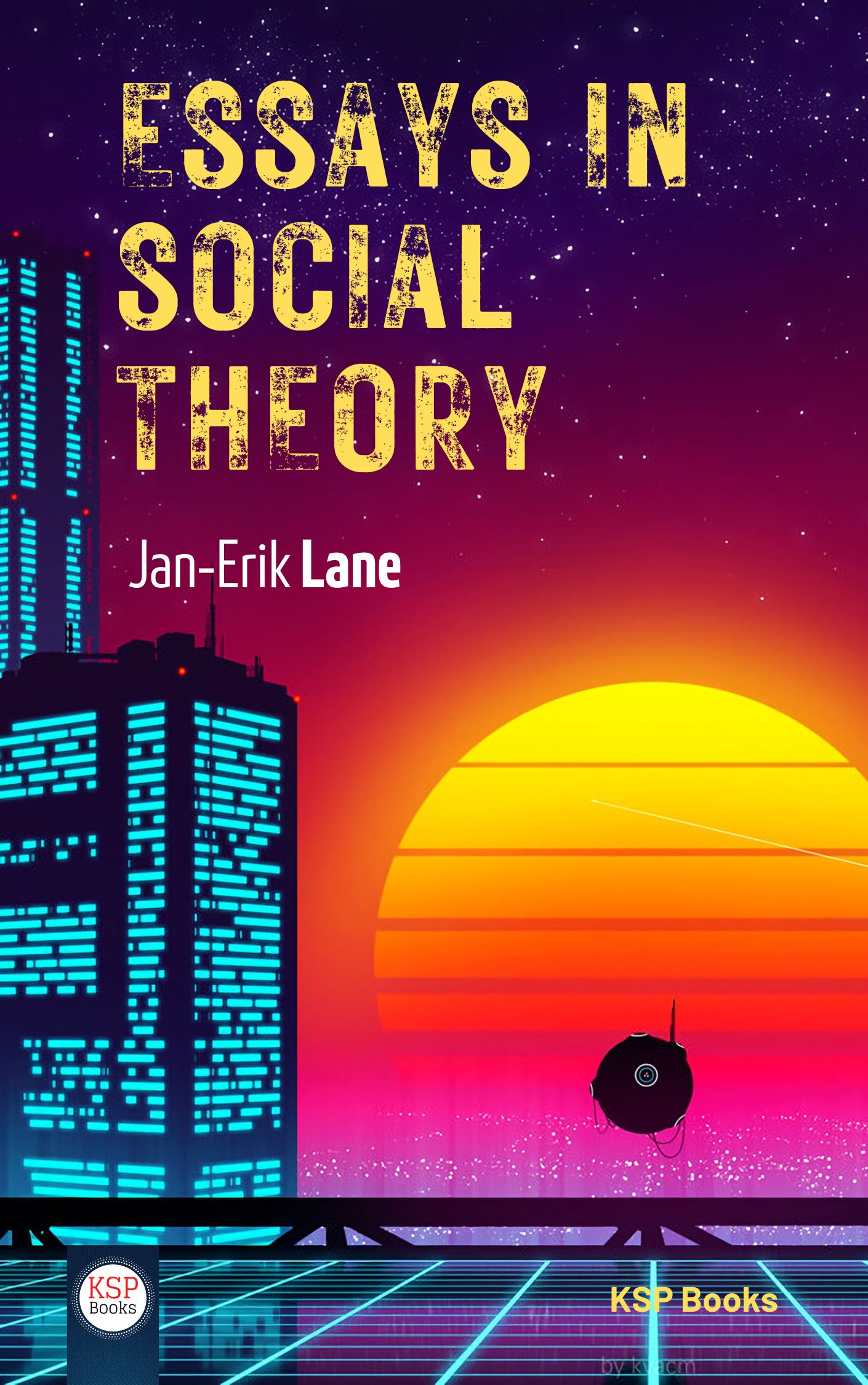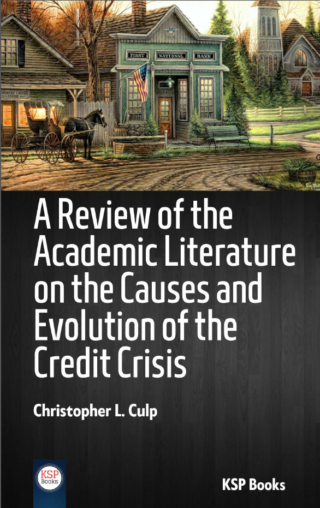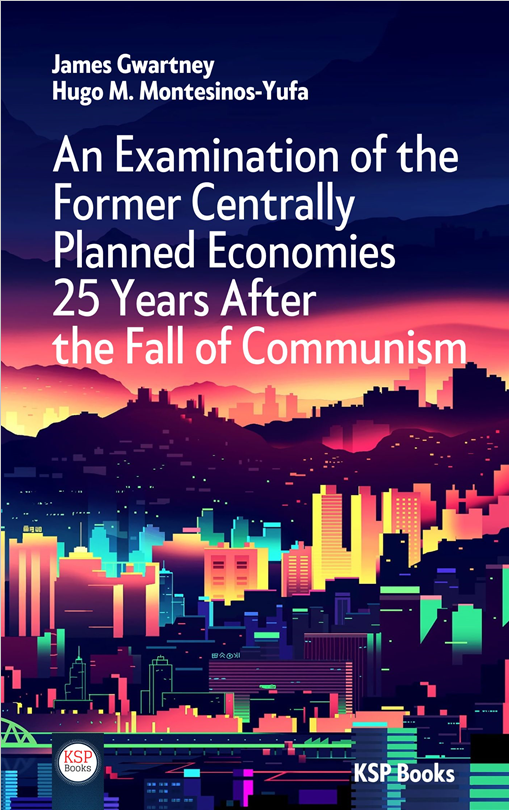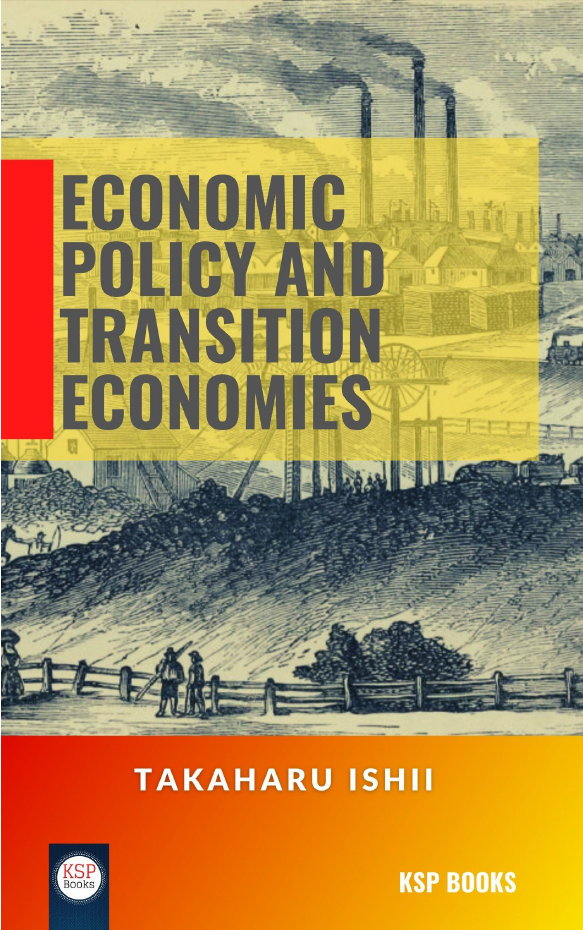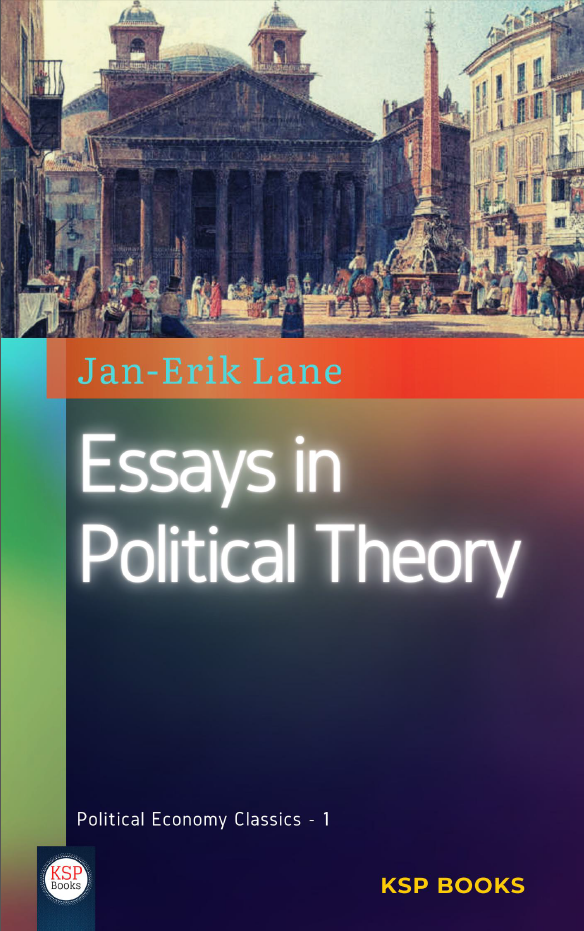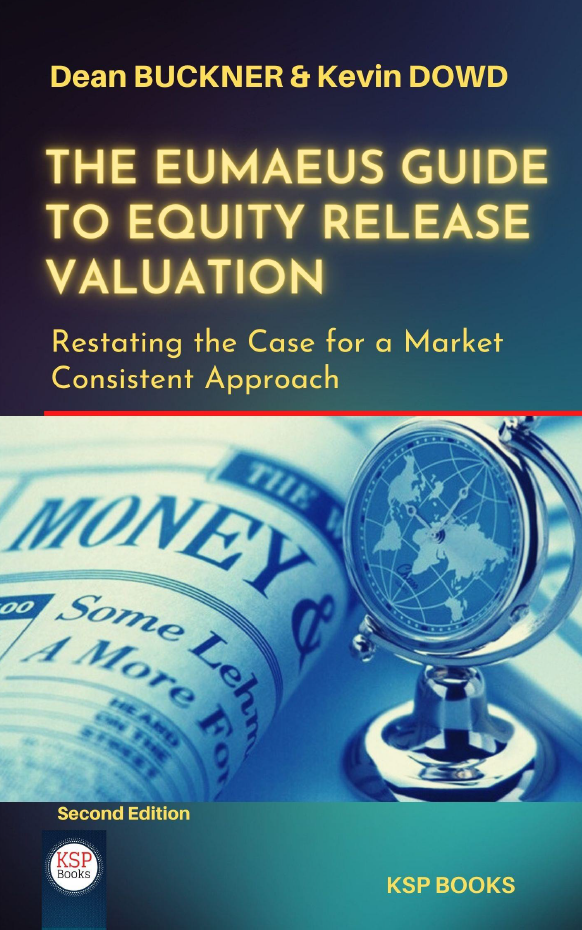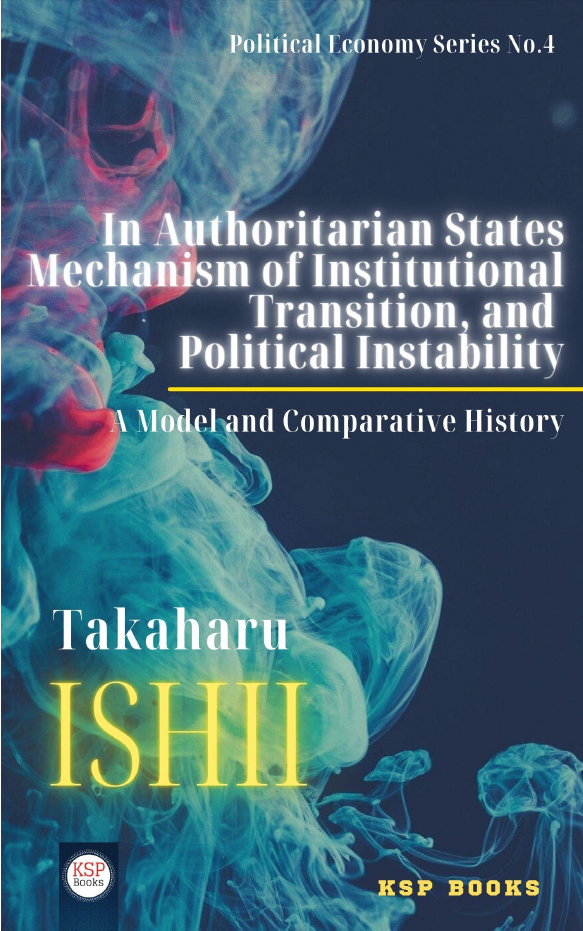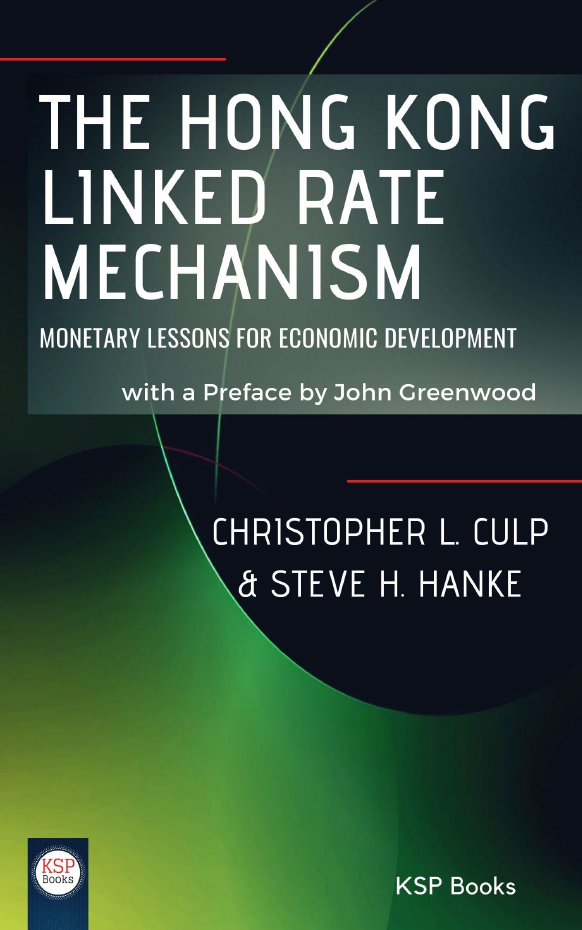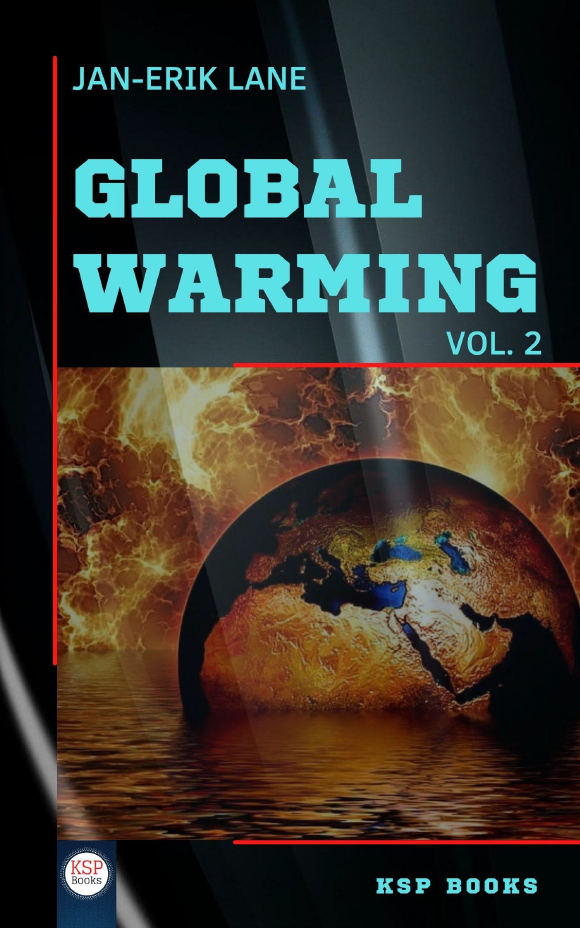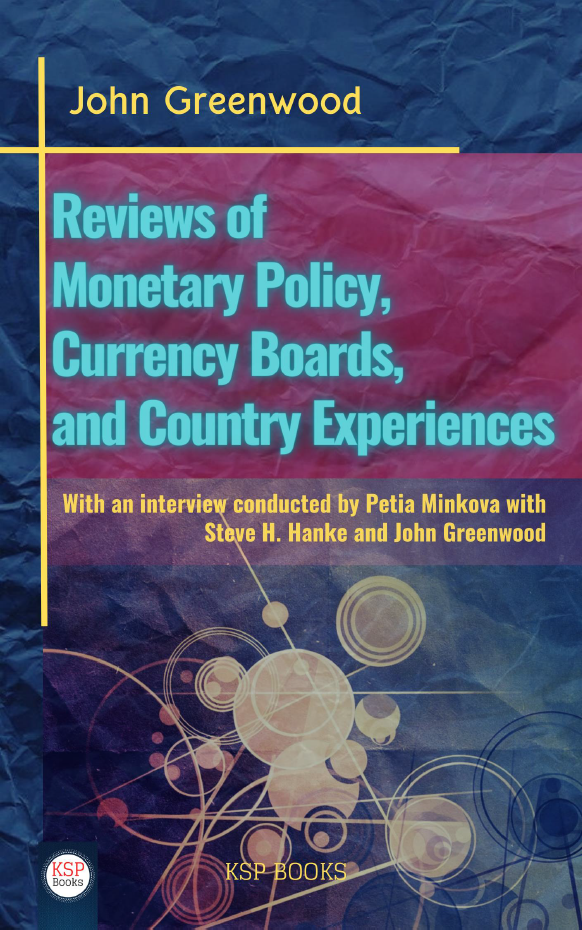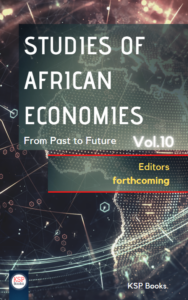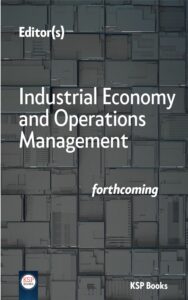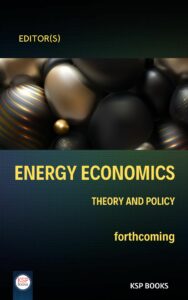By
Alan D. Anderson
Applied Economics, Global Health, and the Study of Business Enterprise, Johns Hopkins University, MD, USA.
e-ISBN: 978-625-8190-62-5
Publishing Date: December 25, 2022
File Size: 2,351 MB
Length: xiii + 57 pages (PDF)
Language: English
Dimensions: 13,5 x 21,5 cm
 This Book is completely open access. You can freely read, download and share with everyone.
This Book is completely open access. You can freely read, download and share with everyone. 
The collapse of Enron in 2001 was due not as much to perfidy as it was to a deeply flawed business plan. Enron and its predecessors had participated in, and to some extent drove, the restructuring of the natural gas industry. For years, natural gas production, transportation and consumption had been a stable, highly regulated business. That stability collapsed in the 1970s and a new commodity-based industry emerged. In that process Enron grew rapidly and was very profitable. The deregulation of natural gas prices had a similar impact on the industry as major technological innovations had on other industries. Early movers made a lot of money, but eventually the opportunities diminished as new entrants drove down margins and stability returned. By the final deregulation of gas prices in 1993, the opportunities for entrepreneurial returns had essentially vanished.
The meteoric rise of the Enron Corporation and its equally rapid flameout is often portrayed in terms of the personalities involved. The personal histories of Ken Lay, Jeff Skilling and Andy Fastow are recounted to explain the path Enron took. Hubris, greed, and poor management practices are often seen as the source of the company’s failure. Undoubtedly those were present, but most executives have, at least to some extent, the same flaws. And, one might add, at the time business commentators marveled at the acumen of the Enron management who had evidently discovered new ways to make money. Pictures of Enron’s leaders often appeared on the covers of business publications with stories inside lauding their management techniques. Few Wall Street analysts found fault with the Enron game plan.
Acknowledgments
Disclaimer
Introduction
The Enron Debacle
Enron in the Context of Gas Industry
1. Stability: 1938-1968
Market Conditions
Institutional Factors
The Outlook in 1968
Supply Failure
Pipeline Competition
Arab Oil Embargo of 1973
The Natural Gas Policy Act of 1978
The Gas Bubble
2. Rationalizing the Industry: 1985-1993
Regulatory Unbundling
Gas Marketers
Contracts
Spot Pricing
Operational Innovation
Gas Accounting
Natural Gas Futures
3. The Party Is Over: 1993-2001
New Horizons
Mark-to-Market Accounting
4. Conclusion
Figures
Appendix
References
Alan D. Anderson
Applied Economics, Global Health, and the Study of Business Enterprise, Johns Hopkins University, MD, USA
A National Merit Scholar, Alan studied Mathematics and History at Rice University before completing his PhD in Economic History at Johns Hopkins. He continued his academic career at Princeton, University of Virginia, and Carnegie Mellon, teaching economics and business development behind a bushy beard, wearing a wool jacket with suede elbows.
Alan took his experience tinkering with cars to work on NASA’s lunar module docking station simulator, a true rocket scientist. He had a talent for explaining complex ideas and embraced technology, giving his kids early access with old computer punch cards for art projects. In 1979 Alan left academia to pursue a career in oil and gas in Houston. After a brief time with United Gas Pipeline he founded Energy Planning Inc., a consulting firm that employed up to twenty five people, including his entire family. Providing his opinion as an expert witness in nearly 100 court cases was his favorite part of the job. He relished catching holes in opponents’ arguments and chuckled when opposing council busted him for writing geometric proofs instead of taking notes. At age fifty, Alan joined Houston Fit and completed his first marathon. He caught the running bug and supported new marathoners as Team Blue’s coach. They may not have been fast, but Coach Alan was exceedingly proud of his runners and many considered him a father figure. He did too many races to count from California to Athens and everywhere in between and leaves an impressive collection of Turkey Trot t-shirts.
Related EconPedia Items



